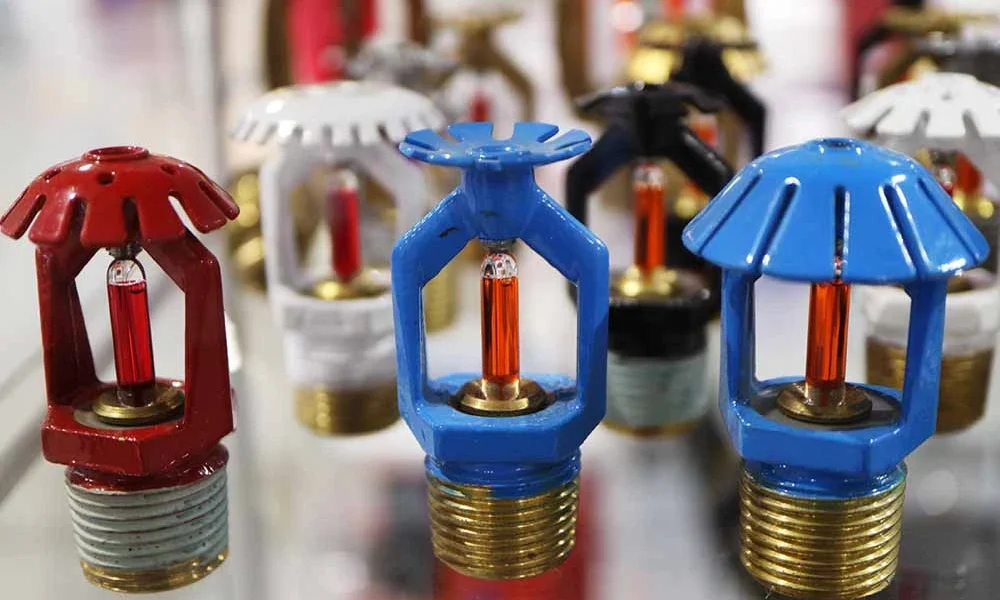Choosing the right sprinkler head is essential when it comes to keeping your lawn lush and vibrant. With so many options available, navigating through them can feel overwhelming. You might wonder if there’s a best choice for your specific needs. If you want to water a small garden or an expansive yard, understanding the different types of sprinkler heads will help you make an informed decision. This guide dives into the four main types of sprinkler heads and breaks down their pros and cons. By the end, you’ll have all the information needed to select the perfect system that suits your landscape’s unique watering requirements.
Sprinkler head types:

When it comes to irrigation, choosing the right sprinkler head is essential. It is important to recognize that each type serves a unique purpose and offers distinct advantages.
Pop-up spray heads are a popular choice for small lawns. When activated, they rise from the ground, delivering water in a wide fan pattern. This design minimizes waste and ensures even coverage.
Rotary nozzles work differently by rotating as they spray water. They’re excellent for larger areas since they use less water while providing good coverage.
Impact sprinklers create a rhythmic motion that delivers strong bursts of water over larger spaces. These are often used in agricultural settings or expansive gardens where powerful watering is needed.
Drip irrigation systems take precision to another level. Perfect for flower beds and vegetable gardens, this method directs moisture to the roots, significantly reducing evaporation and runoff.
Pop-up spray heads
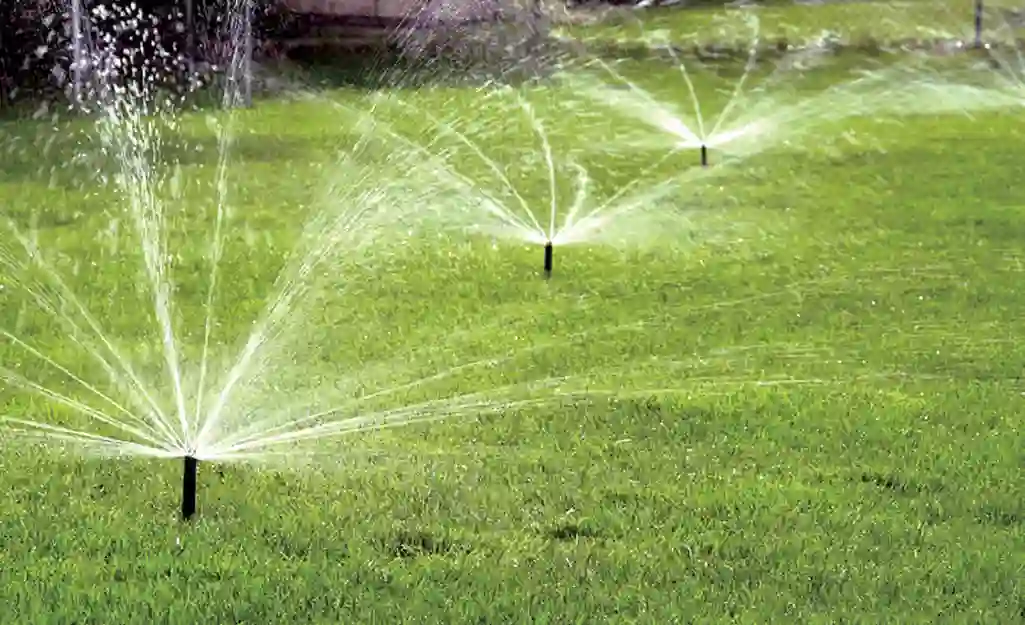
Pop-up spray heads are a popular choice for many homeowners. They provide efficient coverage while remaining hidden when not in use. This design is especially advantageous for lawns and gardens, where aesthetics matter.
When activated, these sprinkler heads rise from the ground to deliver water directly onto plants and grass. Their adjustable nozzles allow you to customize the spray pattern and distance, ensuring every inch of your garden receives moisture.
Installation is relatively straightforward, making them an attractive option for DIY enthusiasts. One downside is their vulnerability to debris and damage. Regular maintenance can help mitigate this risk, ensuring they continue functioning optimally throughout the watering season.
Rotary nozzles
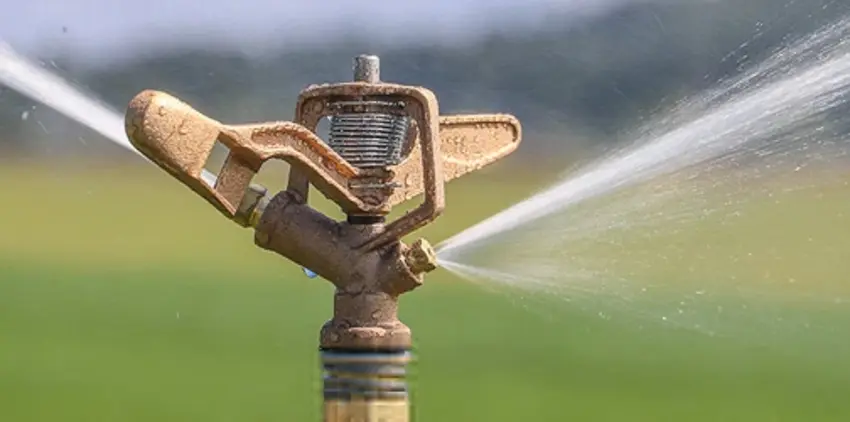
Rotary nozzles are designed for precision and efficiency. They deliver a fine spray of water that rotates, providing coverage over a larger area than traditional stationary heads.
One significant advantage is their ability to reduce water usage. By applying water slowly and evenly, they minimize runoff and evaporation. The use of these products makes them an eco-friendly choice for homeowners who wish to conserve resources.
Installation is straightforward, fitting into existing systems with ease. These nozzles work particularly well in residential lawns where varied landscapes exist.
They may not be suitable for all types of soil or slopes. In heavy clay soils, the slow application can lead to pooling if not monitored properly.
Impact sprinklers
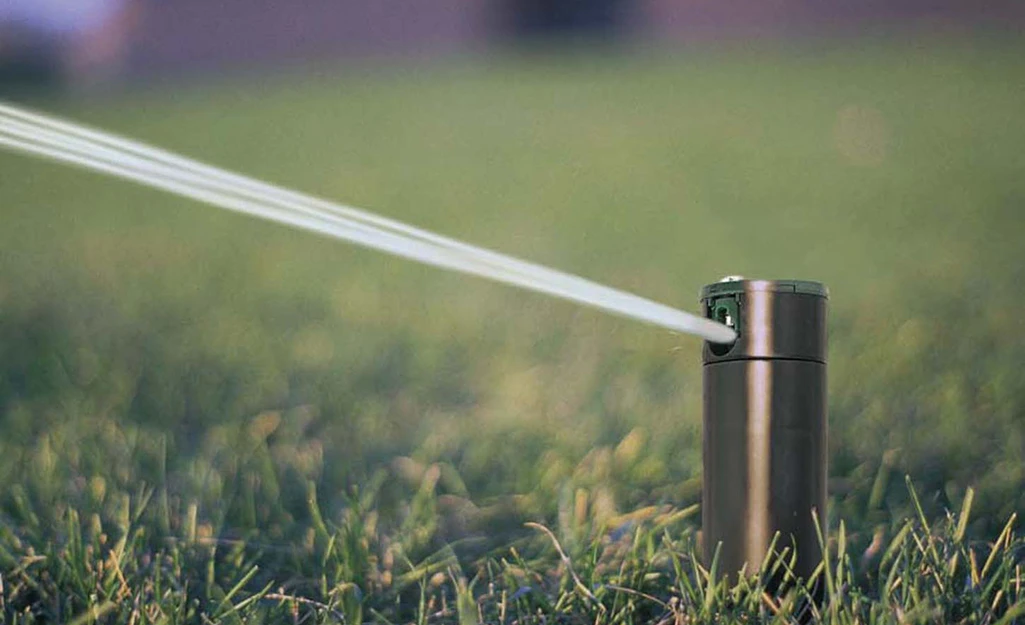
Impact sprinklers are a versatile choice for various watering needs. They use a spinning arm that strikes the water stream, creating a strong and consistent spray pattern. Their design makes them suitable for larger areas like gardens and fields.
One of the great benefits of impact sprinklers is their durability. Made from robust materials, they can withstand harsh weather conditions and last for years with proper care. They’re also adjustable, allowing you to customize the distance and angle of coverage.
Impact sprinklers are noisier than other types due to their mechanical action. Additionally, they may not work well in windy conditions since the spray can drift away from your intended area.
Drip irrigation systems
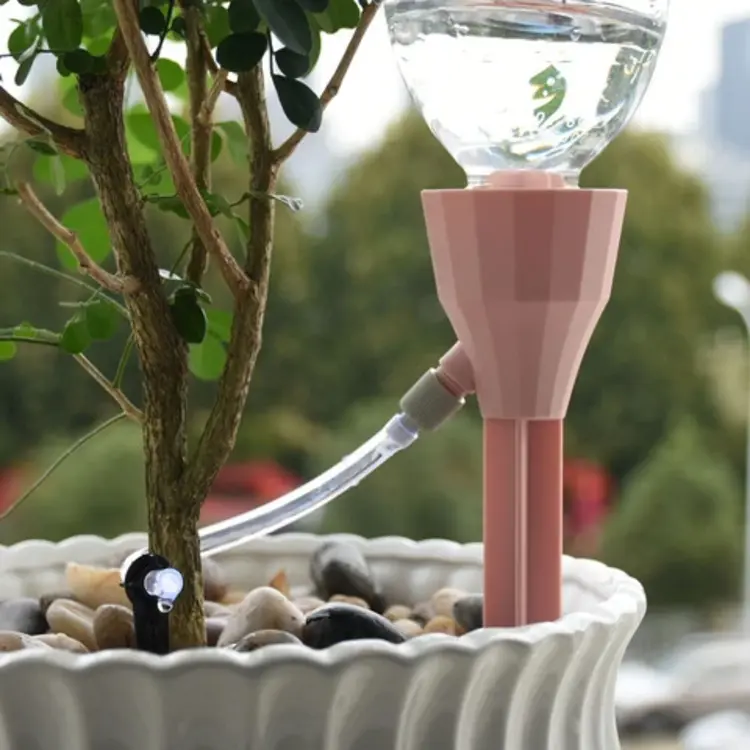
Drip irrigation systems provide a highly efficient way to water plants. A drip irrigation system delivers water directly to the roots, reducing evaporation and runoff. This method is especially beneficial in arid regions where every drop counts.
These systems use a network of tubing and emitters that release a steady drip of water. You can customize them for different plant types, ensuring each receives what it needs.
One major advantage is their ability to reduce weed growth since water only reaches the intended plants. They often lead to healthier foliage due to targeted watering. Installation can be more complex than traditional sprinkler heads. Regular maintenance is key; clogged emitters can hinder performance over time. However, drip irrigation can transform your garden into an oasis while conserving precious resources with proper care.
Pros and cons of each type
Pop-up spray heads are convenient for small to medium lawns. They deliver water efficiently but can be less effective in windy conditions. The coverage area may also be limited.
Rotary nozzles offer better efficiency by using a slower application rate, which reduces runoff. They provide even distribution across larger areas but may require more frequent cleaning due to clogging.
Impact sprinklers are durable and ideal for large spaces. Their rotating action allows them to cover wide areas effectively but can produce uneven watering patterns if incorrectly positioned.
Drip irrigation systems excel at conserving water by delivering it directly to the roots of plants. They can be costly upfront and require regular maintenance to prevent clogs or leaks.
Factors to consider when choosing the right sprinkler head for your lawn
Choosing the right sprinkler head involves several key factors. First, assess your lawn’s size and shape. Larger areas may benefit from rotary nozzles, while smaller spaces could be better suited for pop-up spray heads.
Aside from the water pressure, you should also consider the temperature. Some systems require higher pressure to operate efficiently, which can influence your selection.
Soil type plays a crucial role, too. Sandy soils drain quickly and might need more frequent watering with drip irrigation systems, whereas clay retains moisture longer and could use less frequent spraying.
Make sure you consider the specific needs of your plants. Different flower beds or shrubs may thrive under different watering methods. Matching the sprinkler head to these requirements ensures healthy growth without wasting water.
Maintenance tips for sprinkler heads
Regular maintenance is crucial for keeping your sprinkler heads in top shape. Start by checking for any debris or dirt that may block the nozzles. A simple rinse can do wonders.
Inspect the spray patterns to ensure even coverage across your lawn. It might be time to adjust or replace specific heads if you notice dry patches.
Also, look out for leaks or broken components. These issues not only waste water but can also lead to uneven watering. Cleaning the filters inside pop-up spray heads periodically will help maintain proper function and efficiency.
Seasonal adjustments are based on changing weather conditions. This proactive approach keeps your irrigation system running smoothly year-round without unnecessary wear and tear on equipment.
Conclusion
Selecting the right sprinkler head for your lawn can significantly impact its health and appearance. Each type of sprinkler head offers unique advantages and disadvantages, catering to different watering needs and landscapes. When choosing a system, factors like water pressure, coverage area, and plant types in your yard.
Regular maintenance is key to ensuring optimal performance from your chosen sprinkler heads. Routine checks can prevent clogs or malfunctions, keeping your garden lush and vibrant.
By understanding the various types of available pop-up spray heads, rotary nozzles, impact sprinklers, and drip irrigation systems, you’ll be well-equipped to make informed decisions that enhance your outdoor space.

